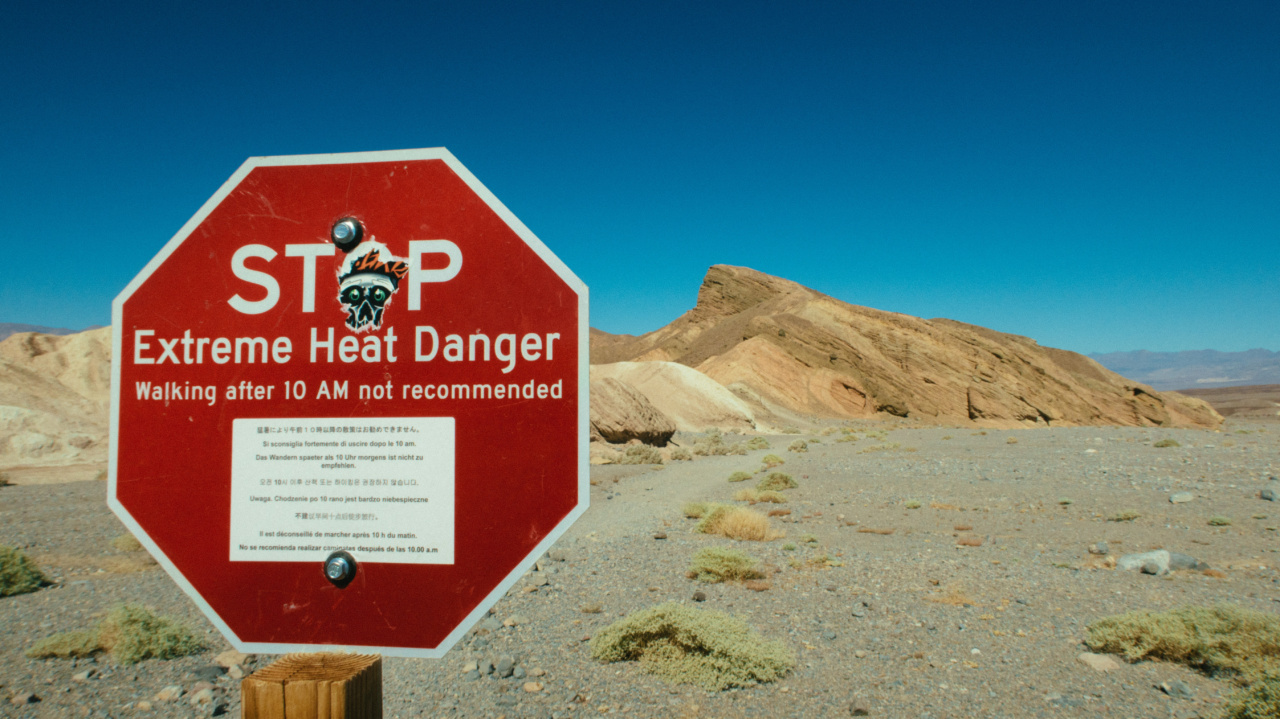Car safety is a crucial topic that should never be taken lightly, especially when it comes to the well-being of our little ones. Heat stroke, a life-threatening condition, is a serious concern for children who are left unattended in hot cars.
With soaring temperatures, enclosed spaces, and minimal ventilation, the risk of heatstroke can become significantly high. This article sheds light on the dangers and consequences of leaving children unattended in cars and emphasizes the importance of car safety.
The Truth About Heat Stroke
Heat stroke occurs when the body’s internal temperature rises to a dangerous level, typically above 104 degrees Fahrenheit (40 degrees Celsius).
This condition affects various bodily functions and can lead to organ failure, brain damage, and even death. Children are exceptionally vulnerable to heat stroke due to their smaller bodies and inability to regulate temperature effectively.
The Deadly Consequences
Leaving a child unattended in a hot car, even for a few minutes, can have devastating consequences. The temperature inside a parked car can rise rapidly, reaching dangerous levels within minutes, regardless of the outside temperature.
The internal temperature can increase by 20 degrees Fahrenheit (11 degrees Celsius) within just 10 minutes and continue to rise exponentially.
Factors that Increase Heat Stroke Risk
Several factors contribute to the increased risk of heat stroke in children left in hot cars:.
- Age: Infants and toddlers are particularly vulnerable due to their limited ability to communicate discomfort.
- Car temperature: The temperature inside a vehicle can quickly surpass the outside temperature, making it a hazardous environment for young ones.
- Locked doors: Young children may unintentionally lock themselves inside the car, unable to escape the increasing heat.
- Forgetfulness: Parents or caregivers may inadvertently forget about their child in the backseat, especially when routines are disrupted.
Recognizing the Symptoms
Recognizing the signs of heat stroke is crucial to taking immediate action and preventing further harm. Some common symptoms include:.
- Flushed, red skin: The child’s skin may appear hot and flushed.
- Heavy sweating or lack of sweat: The child may either excessively sweat or not sweat at all.
- Dizziness or disorientation: Heat stroke affects the brain, leading to confusion or disorientation.
- Rapid breathing and increased heart rate: The child may experience difficulty breathing and an elevated heart rate.
- Unresponsiveness or loss of consciousness: In severe cases, heat stroke can cause the child to become unresponsive or lose consciousness.
Preventing Heat Stroke in Cars
Preventing heat stroke in cars is a shared responsibility that requires vigilance and awareness. Consider the following preventative measures:.
- Never leave a child unattended: Regardless of the circumstances, never leave a child alone in a car. Always take them with you.
- Check the backseat: Before locking your car, ensure that no child or pet is left behind. Make it a habit to double-check, even if the child is sleeping or quiet.
- Keep cars locked: Teach children that cars are not play areas and should never be accessed without an adult.
- Educate others: Spread awareness about the risks of leaving children unattended in cars, and encourage others to take appropriate precautions.
- Heat stroke awareness: Familiarize yourself with the symptoms of heat stroke and know the steps to take if you suspect a child is experiencing it.
The Role of Technology
Advancements in technology have contributed to various car safety features aimed at preventing heat stroke incidents:.
- Car seat sensors: Some car seats are equipped with sensors that alert drivers if there is still weight in the seat after the vehicle is turned off, reminding them to check the backseat.
- Smartphone reminders: Smartphone applications can send reminders to parents and caregivers, reminding them to check the backseat before leaving the vehicle.
- Car temperature monitors: Some vehicles have built-in systems that monitor cabin temperature and can automatically adjust ventilation or notify drivers if the temperature rises to dangerous levels.
Emergency Response for Heat Stroke
If you encounter a child in distress due to heat stroke, it is crucial to act swiftly:.
- Call emergency services: Dial emergency services immediately to ensure professional medical assistance.
- Get the child out of the car: Safely remove the child from the car and move them to a shaded or air-conditioned area.
- Cool the child down: Lower the child’s body temperature by using any available means, such as fanning or wetting their skin with cool water.
- Monitor vital signs: Stay with the child and monitor their breathing, heart rate, and responsiveness until medical help arrives.
Public Awareness and Advocacy
Raising public awareness about the dangers of leaving children unattended in cars is essential in mitigating heat stroke incidents. Governments, non-profit organizations, and communities must work together to:.
- Implement legislation: Introduce and enforce laws that penalize caregivers who neglect their responsibility of leaving children unattended in cars.
- Provide education: Develop informative campaigns targeting parents, caregivers, and the general public to educate them about the risks and prevention of heat stroke.
- Create safe spaces: Establish safe locations for parents and caregivers to leave their children briefly, such as baby-friendly areas within venues or shopping centers.
- Support technology: Invest in research and development of advanced technology that can assist in preventing heat stroke incidents.
Conclusion
Child safety should always remain a top priority, especially when it comes to preventing heat stroke in hot cars.
By understanding the risks, recognizing the signs, and taking preventative measures, we can significantly reduce the occurrence of this life-threatening condition. It is everyone’s responsibility to prioritize the safety and well-being of our children by never leaving them unattended in cars, regardless of the circumstances or duration.






























